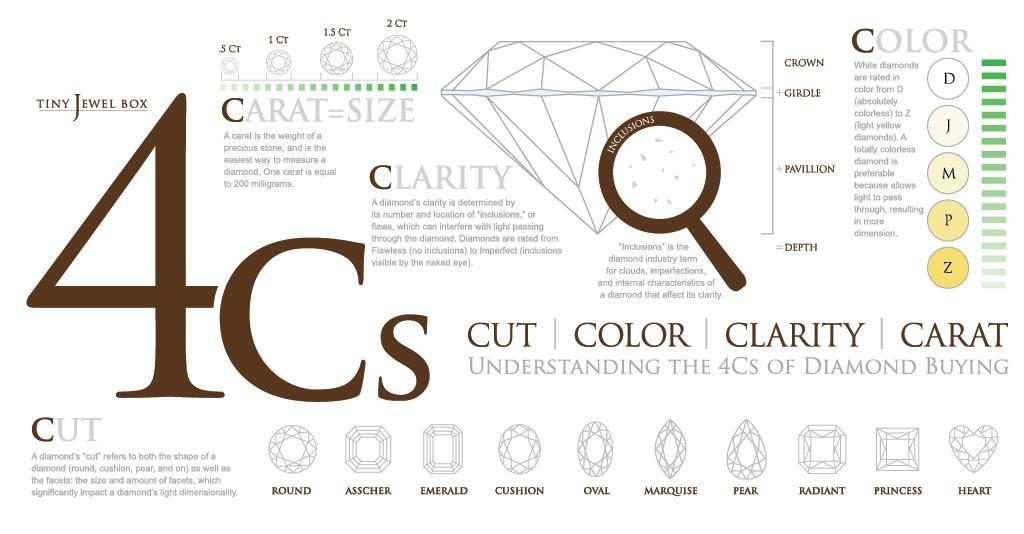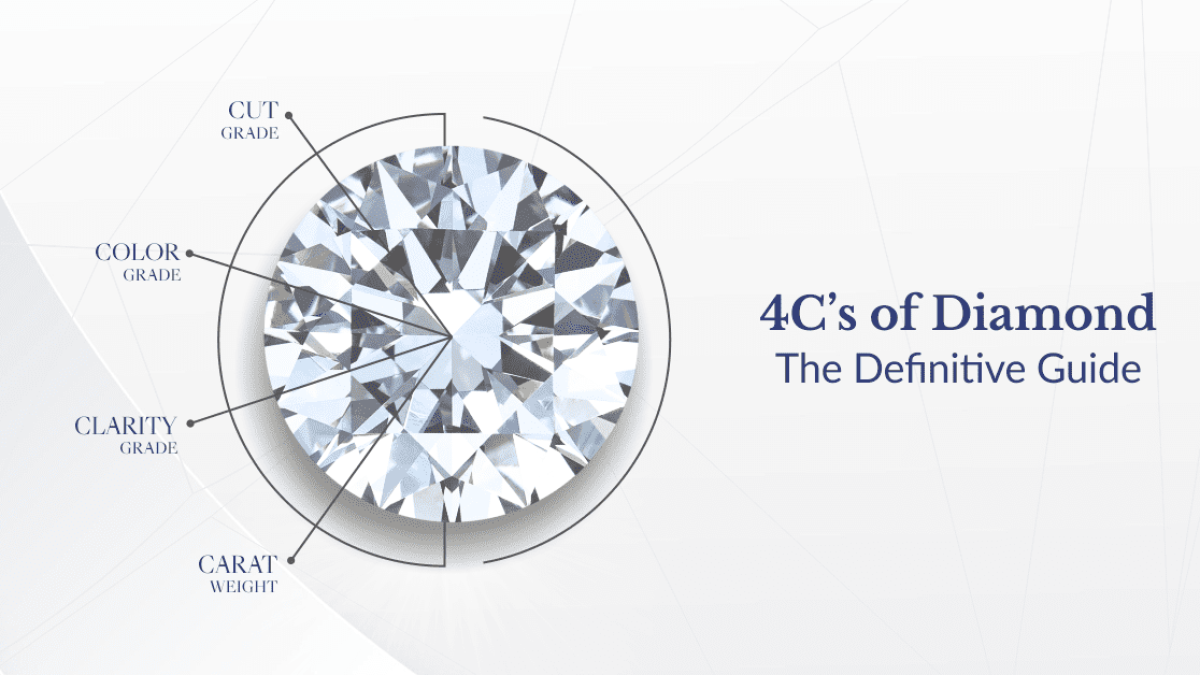Have you ever wondered how jewellers and appraisers evaluate the quality and value of diamonds? It wasn’t always an easy or standardized process. In fact, prior to the introduction of the 4Cs, there was a lot of confusion and inconsistency in the diamond industry.
Thankfully, the Gemological Institute of America (GIA) recognized this issue and developed the 4Cs in the 1950s. The 4Cs are a comprehensive set of criteria that evaluate the cut, clarity, carat weight, and colour of a diamond.
But why were the 4Cs necessary in the first place? Well, before the 4Cs, there was no standardized way to evaluate diamonds. This led to difficulties for both professionals in the industry and for consumers who were trying to understand the differences between diamonds.
The GIA recognized the need for a consistent and objective system for evaluating diamonds, which led to the development of the 4Cs. Since then, the 4Cs have become the industry standard and are widely recognized and used by professionals and consumers around the world.
The 4Cs have also been adapted for other gemstones, providing a universal language for evaluating the quality and value of all types of gems. So, whether you’re in the market for a diamond or another type of gemstone, understanding the 4Cs can help you make an informed decision and ensure you’re getting a quality piece of jewellery.

The 4C’s are the universally accepted standard for assessing and grading diamonds. They are a set of criteria that are used to determine a diamond’s value, rarity, and beauty. Here are the 4C’s that define a diamond:
- Carat weight– Carat weight is the most well-known of the 4C’s and is used to measure the weight of a diamond. One carat is equal to 0.2 grams, and the weight of a diamond is a significant factor in determining its value.
- Cut- The cut of a diamond refers to the angles and proportions of the diamond. The cut determines how well the diamond reflects and refracts light, which is what gives it its sparkle and brilliance. A well-cut diamond will have the maximum amount of light reflected out of the top, making it more valuable.
- Clarity– Clarity refers to the presence or absence of inclusions (internal flaws) and blemishes (external flaws) in a diamond. Inclusions and blemishes can affect a diamond’s overall appearance and value, and a diamond with fewer inclusions and blemishes will be more valuable.
- Colour– The colour of a diamond refers to the presence or absence of colour in the stone. The Gemological Institute of America (GIA) has a colour grading system that ranges from D (colourless) to Z (light yellow). A colourless diamond is the most valuable, while diamonds with a yellow or brown tint are less valuable.
In conclusion, the 4C’s are the most important factors in determining a diamond’s value, rarity, and beauty. Carat weight, cut, clarity, and colour are all taken into consideration when grading and pricing diamonds and each factor plays a significant role in a diamond’s overall worth. By understanding the 4C’s, consumers can make informed decisions when purchasing diamonds and ensure they are getting a high-quality stone.













